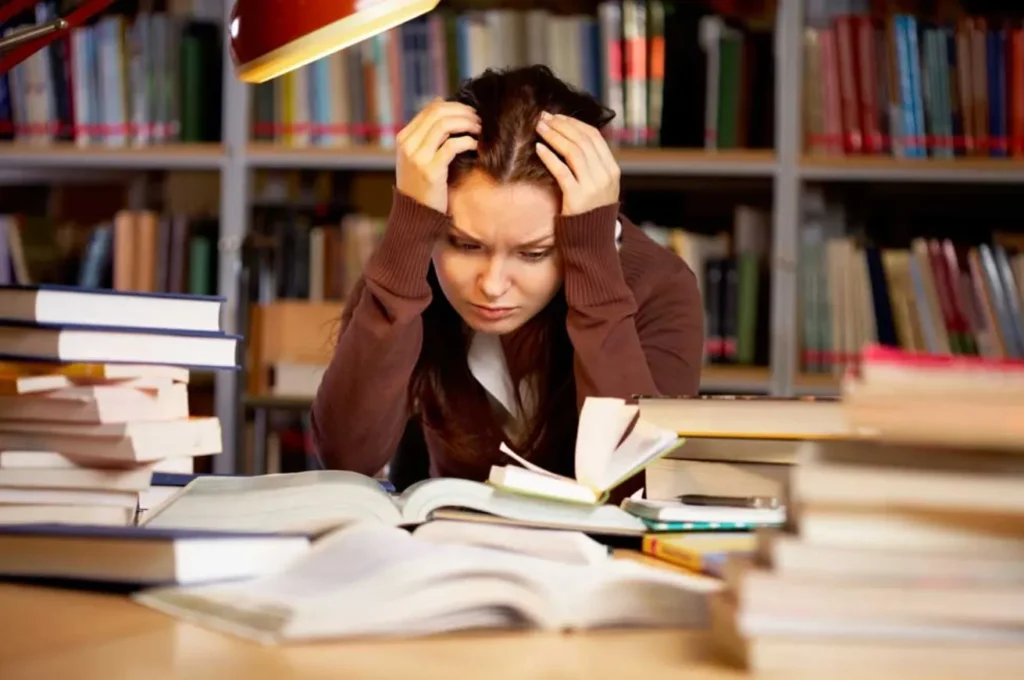The academic world can be a minefield of stress and anxiety for students, where the pressure to succeed is often overwhelming. From meeting deadlines to preparing for exams, students face a multitude of stressors that can impede their mental health and academic performance. However, incorporating elements of fun into their routine could prove to be a game-changer in managing these pressures. Below, we explore the impact of stress and anxiety on students and how fun can act as a therapeutic strategy, transforming the education experience from stressful to enjoyable.
Contents
- 1 Understanding Stress and Anxiety in the Student Life Cycle
- 2 The Role of Fun Activities in Promoting Mental Health
- 3 Incorporating Play into Study Routines for Better Engagement
- 4 Stress Relief through Creative Outlets in Educational Settings
- 5 How Recreational Programs are Improving Student Wellbeing
Understanding Stress and Anxiety in the Student Life Cycle
Stress and anxiety are common among students due to academic pressures, social expectations, and the uncertainty of post-graduation life. These challenges can lead to issues like poor sleep and difficulty concentrating, impacting academic performance. The transition from high school to college or from undergraduate to postgraduate studies can further heighten stress and anxiety.
To support students, some educational institutions are introducing creative solutions like social sweepstakes casinos, which offer a stress-free way to unwind and socialize. Educators and mental health professionals are also crucial in helping students develop coping strategies to manage stress and maintain overall wellbeing.
The Role of Fun Activities in Promoting Mental Health
Fun activities offer psychological benefits, providing mental respite and promoting relaxation. They stimulate the release of endorphins, the body’s natural feel-good chemicals, promoting wellbeing. Extracurricular activities offer a structured outlet for creativity and social interaction, reducing feelings of isolation and bolstering resilience against stress.
Students can find communities centered around shared interests, contributing positively to their mental state. Physical recreation, such as sports or dance, can combat anxiety by improving physical health and reducing stress hormones like cortisol, improving mood and cognitive function. Academic institutions create a supportive atmosphere that acknowledges the human need for both work and play, making fun a necessary component of a balanced lifestyle.
Incorporating Play into Study Routines for Better Engagement
Innovative learning methods are transforming the traditional learning process by removing the barriers between study and play. Gamification, for example, uses gameplay mechanics to make learning interactive and engaging, increasing motivation and retention. Study groups that incorporate brainstorming games or quiz contests can transform rote memorization into a dynamic learning experience, encouraging critical thinking.
Educational apps that turn study material into puzzles or challenges can make learning more social and rewarding. The ultimate goal is to make learning enriching and enjoyable, enabling students to maintain consistent study habits and perform better academically by aligning study habits with pleasurable experiences.
Stress Relief through Creative Outlets in Educational Settings
Artistic expression in education plays a crucial role in stress relief. Courses in theater, music, and visual arts provide students with a creative outlet to manage academic pressures and channel their emotions constructively. These activities offer a therapeutic break, fostering personal growth and mental resilience.
Creative writing workshops and poetry slams also contribute to this process, creating a supportive community for students to share their narratives and achieve mental clarity. Some universities have even integrated cosmetic science graduate programs into their curricula, blending scientific rigor with creativity to engage both analytical and imaginative skills, enriching students’ overall experience.
How Recreational Programs are Improving Student Wellbeing
Recreational programs have shown a positive impact on student wellbeing, with some universities introducing “wellness days” to decompress students through activities like hiking, mindfulness workshops, or sports tournaments. These programs have been found to lower stress levels and foster a supportive college environment, preventing burnout.
International case studies show that university campuses with robust arts and cultural offerings see improved student mental health metrics. These programs are recognizing their worth in the educational experience and can provide students with varied outlets for relaxation and self-expression, leading to a more fulfilling and less stressful college experience.
Overall, the evidence suggests that fun is not just a frivolous add-on, but a fundamental aspect of successful education. By recognizing the multifaceted needs of students and creating spaces for play, creativity, and community, educational institutions can foster an environment where learning thrives and mental health is preserved.
